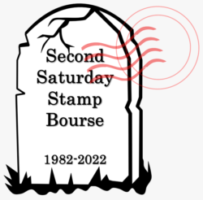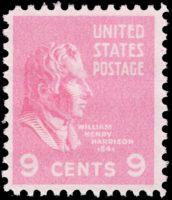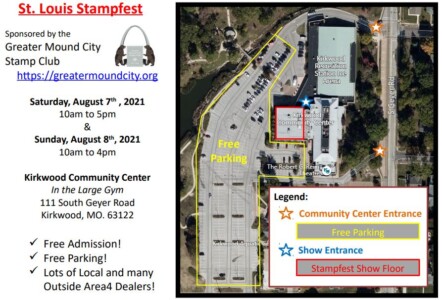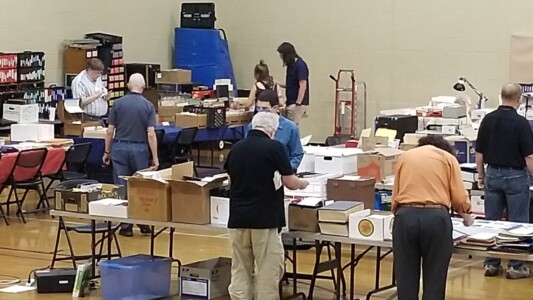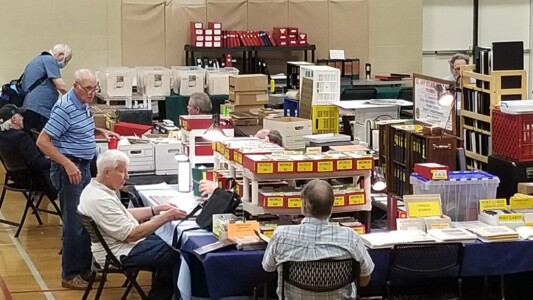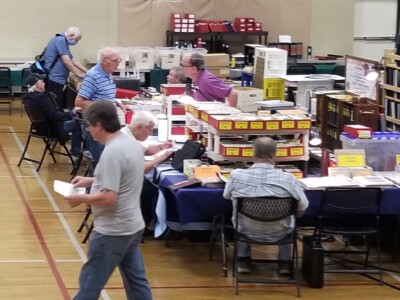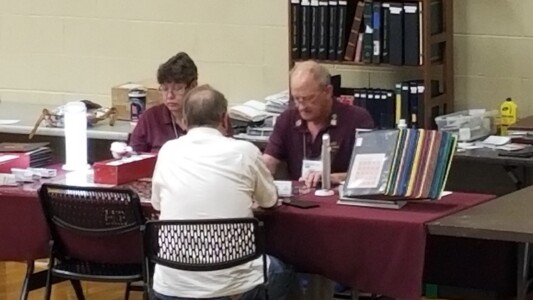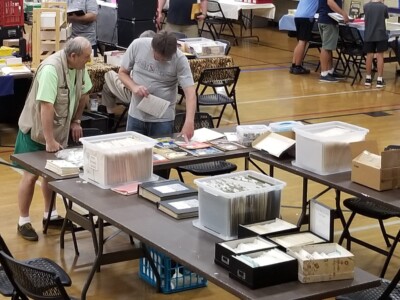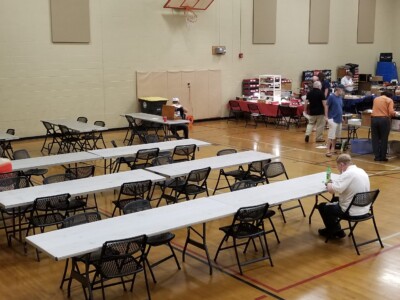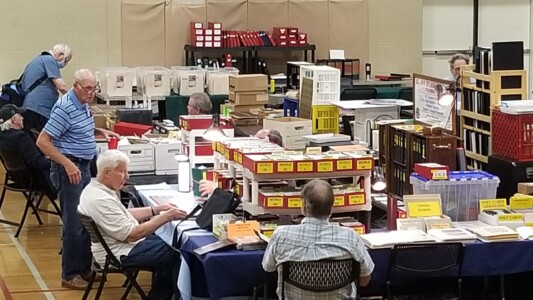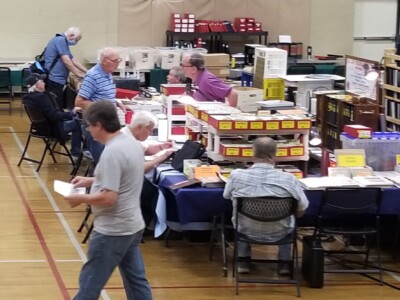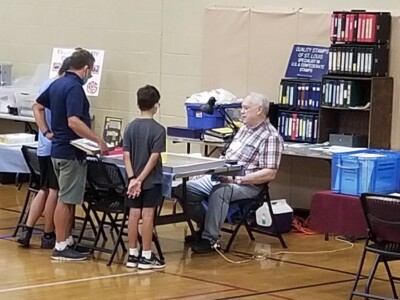In the November – December 2021 – No. 461 of First Days (the Journal of the American First Day Cover Society) an article profiling Cachetmaker: Tom Mueller by Pat Morgan was published. Pat wrote the article with encouragement from David Zubatsky, Tony Dewey and Martin Miller. The article was edited by Lesa Morgan and the final edit was performed by Martin Miller.
The objective of this article was to highlight the life and talent of the Cachetmaker: Tom Mueller. The goals were to share; personal experiences in having known and worked with Tom, how he came to become a cachet maker, how his hobbies and passion influenced his works, the uniqueness of one of the very few cachet makers to use oil paint on paper covers, illustrations that support the story in addition to the cachets, remind collectors of the AFDCS Rookie of the Year and Best Cachet of the Year for 1991 that Tom was awarded, and have the reader get to know Tom and appreciate his talents that he has shared with the world of philately over the last 30 years.
Hopefully, you will enjoy the article!


